SOURCE: IDRW.ORG TEAM
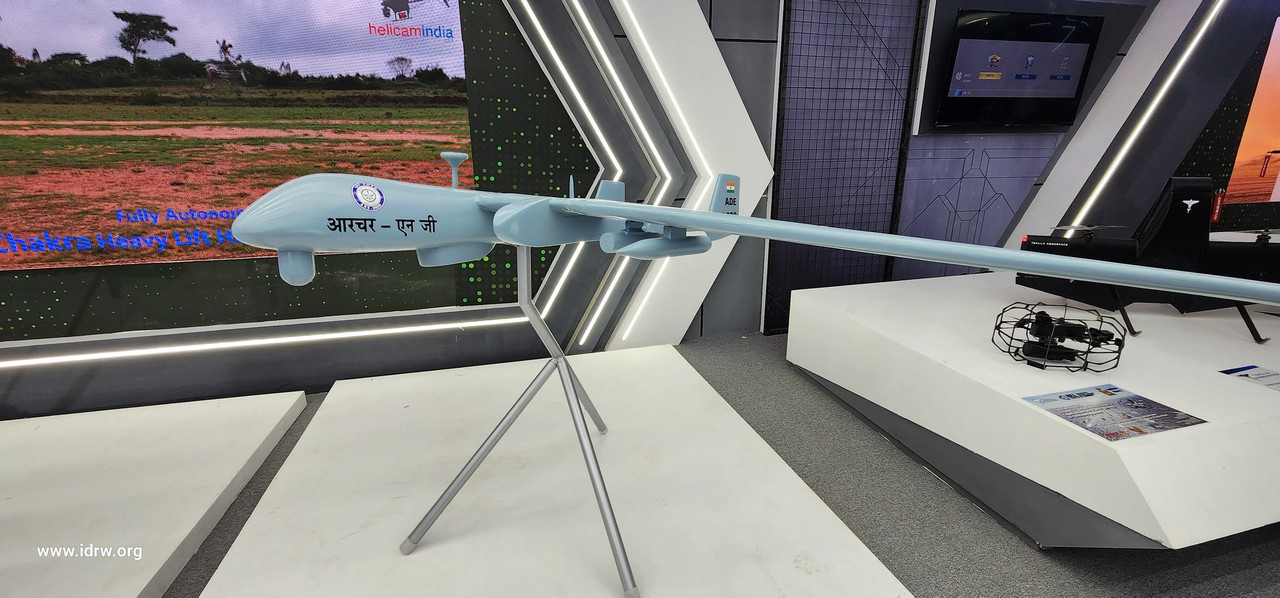
The Indian Air Force (IAF) is gearing up for a new era of aerial warfare, setting its sights on armed Unmanned Aerial Vehicles (UAVs) to bolster its offensive capabilities. Air Chief Marshal VR Choudhary recently announced the IAF’s interest in acquiring larger UAV platforms capable of carrying out targeted strikes, marking a significant shift in the country’s defense strategy.
This move comes amid the IAF’s satisfaction with the domestic development of smaller drone technologies. “We are happy with the development of swarm drones and loitering ammunition by private sector companies,”. Several orders have already been placed for these agile and cost-effective options, ideal for reconnaissance, surveillance, and close-range attacks.
Continue readingSOURCE: RAUNAK KUNDE / NEWS BEAT / IDRW.ORG
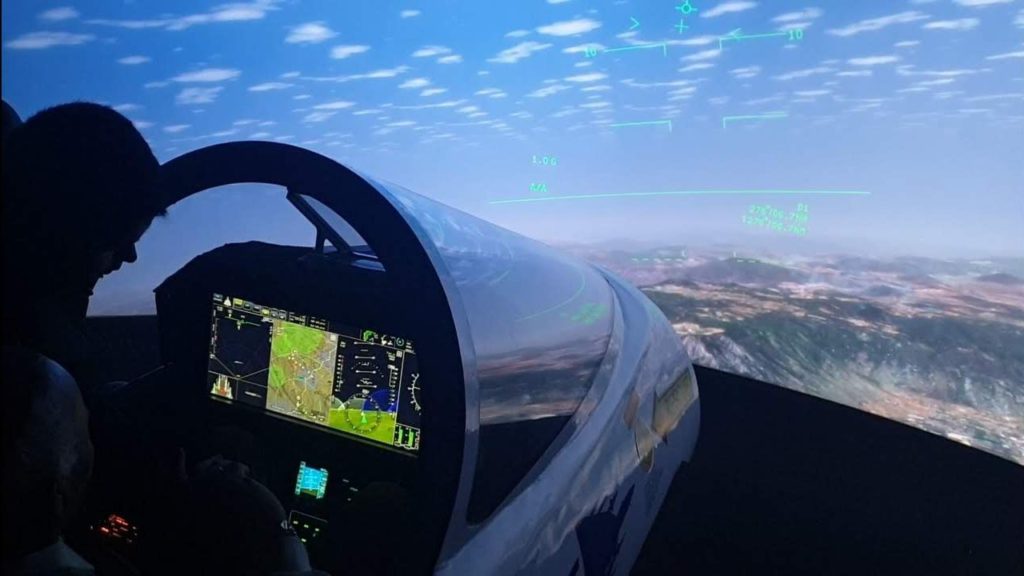
India’s pursuit of indigenous fighter jet prowess continues, with the Indian Air Force (IAF) and Hindustan Aeronautics Limited (HAL) in talks for additional Light Combat Aircraft (LCA) Tejas Mk1A fighters. This comes on top of the 83 Mk1A jets already ordered in 2021, showcasing the growing confidence in the aircraft’s capabilities.
The IAF is reportedly interested in procuring 97 more Mk1A jets, bolstering its fighter fleet with this domestically built platform. While the IAF seeks no major design changes for this second batch, HAL is proposing minor upgrades based on ongoing refinement of the aircraft.
Continue readingSOURCE: RAUNAK KUNDE / NEWS BEAT / IDRW.ORG

The Indian aviation landscape is set for a revolution as Airbus and Tata Advanced Systems Limited (TASL) join hands to establish a Final Assembly Line (FAL) for helicopters within the country. This collaborative venture marks a significant step towards India’s self-reliance in helicopter manufacturing, with the iconic Airbus H125 taking centre stage.
The H125, Airbus’ best-selling single-engine helicopter, boasts immense popularity across diverse sectors. From private ownership and aerial tourism to emergency medical services and military operations, the H125’s versatility has earned it a global reputation. Over a dozen countries rely on the H125 for their armed forces, making its India-based production a compelling proposition.
Continue readingSOURCE: RAUNAK KUNDE / NEWS BEAT / IDRW.ORG
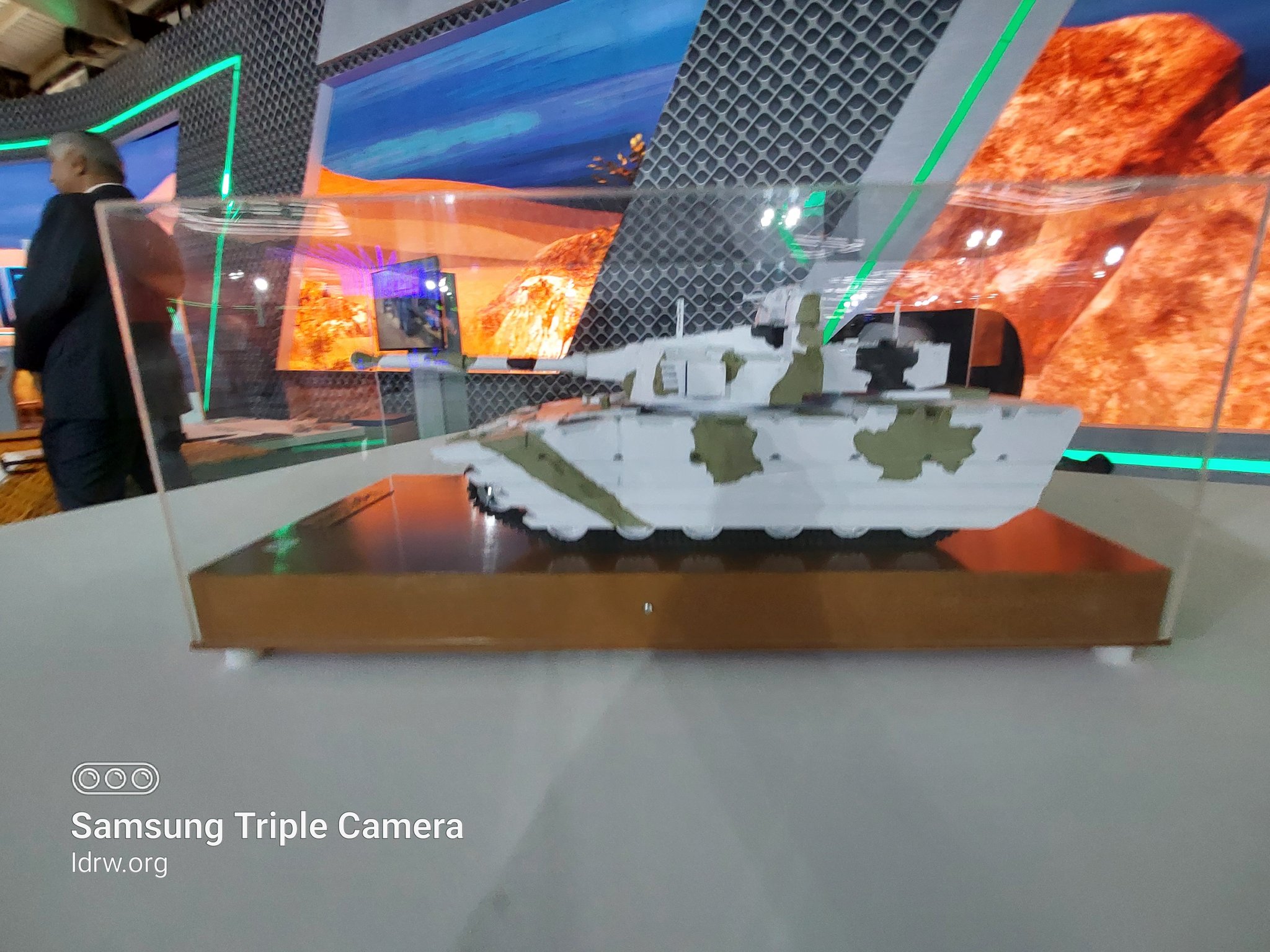
India’s quest for indigenous defence solutions takes a crucial step forward as the 25-ton Light Tank embarks on internal developmental trials at the L&T facility. This potent and agile platform, developed in collaboration with Larsen & Toubro (L&T), promises to bolster India’s military capabilities, particularly in challenging high-altitude terrains.
The current internal trials at L&T mark a crucial stage in the Light Tank’s development. These rigorous tests will assess the vehicle’s performance in various aspects, from mobility and firepower to crew comfort and survivability. The success of these trials is vital for handing over the tank to the Indian Army for further evaluation in April.
Continue readingSOURCE: IDRW.ORG TEAM
Initial reports claiming the US Congress blocked a $3.1 billion drone sale to India have been refuted. India’s Ministry of Defence now expects to receive the Letter of Acceptance (LoA) from the Biden administration soon, paving the way for the delivery of 31 MQ-9B Sea Guardian drones.
News circulated suggesting the US Congress blocked the drone sale due to concerns regarding India’s cooperation on American CIA assets and alleged involvement on Plot to kill US-based pro-Khalistani activist Gurpatwant Singh Pannun. However, these reports have been deemed inaccurate.
Continue readingSOURCE: IDRW.ORG TEAM
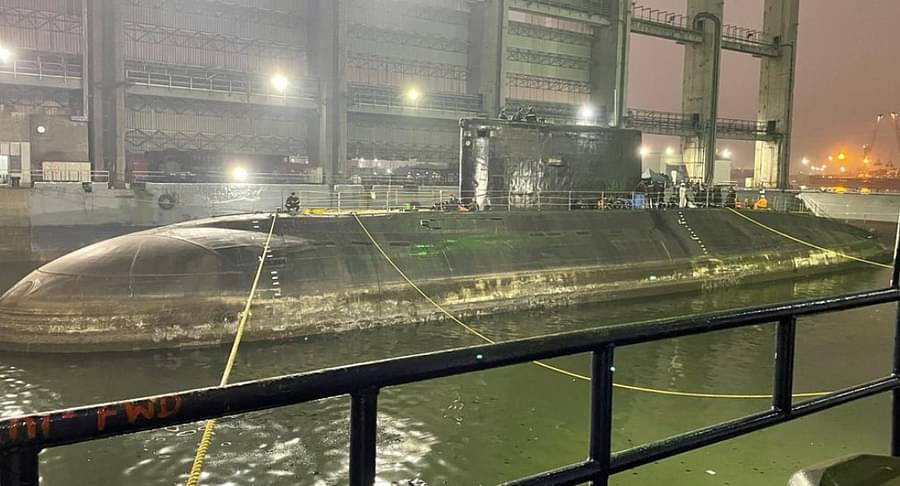
The Indian Navy is set to receive a major boost with the imminent return of the INS Sindhukirti submarine after a Rs 934 crore refit at the Hindustan Shipyard Limited (HSL) in Visakhapatnam. This marks a significant milestone for the Kilo-class diesel-electric submarine, which has been out of service for several years undergoing upgrades.
The INS Sindhukirti, commissioned in 1989, had previously undergone a mid-life refit between 2006 and 2015. However, that project faced delays and criticism due to shipyard mismanagement and issues with Russian experts. This time around, the focus has been on ensuring a smooth and efficient refit process, with an emphasis on modernizing the submarine and extending its operational life.
Continue readingSOURCE: RAUNAK KUNDE / NEWS BEAT / IDRW.ORG

A shadow of uncertainty hangs over the highly anticipated deal for 31 MQ-9A Sea Guardian and Sky Guardian drones between India and the US, with reports suggesting a potential Congressional block due to alleged Indian involvement in attempts to harm CIA assets and a pro-Khalistani extremist. While both sides officially maintain that the deal is not yet formally suspended, the whispers of blockage raise significant questions and concerns.
According to sources, the US Congress might have put the brakes on the drone deal, citing India’s alleged connection to threats against American personnel and a known extremist. However, Sources close to the deal offer conflicting reports. While “The Wire” reports a Congressional blockade, others suggest no official notification has reached India. This ambiguity fuels speculation about the deal’s fate and the true nature of US concerns.
Continue readingSOURCE: RAUNAK KUNDE / NEWS BEAT / IDRW.ORG

Africa’s skies are abuzz with the roar of fighter jets, and at the heart of the action is Nigeria, caught in a fascinating duel between India’s Tejas Mk1A and China’s JF-17. This contest for Nigeria’s favour transcends mere aircraft sales; it’s a strategic tango with far-reaching implications for regional dynamics and global power plays.
Nigeria’s Air Force (NAF) seeks a replacement for its ageing fleet of Chinese-supplied Chengdu F-7s, copies of the MiG-21. They need a versatile platform, a potent successor to tackle security threats and assert regional influence. Enter the Tejas Mk1A and JF-17, both vying for this lucrative contract.
Continue readingSOURCE: RAUNAK KUNDE / NEWS BEAT / IDRW.ORG

The Indian Air Force (IAF) is spreading its wings wider, aiming to bolster its capabilities with crucial “force enablers” like Airborne Warning and Control Systems (AWACS) and aerial tankers. In a recent interview, Air Chief Marshal VR Choudhary emphasized the importance of these platforms in maintaining and enhancing the IAF’s operational prowess.
“Force enablers like AWACS and Tankers have to be inducted in required numbers so that capabilities are not degraded,” declared Choudhary, echoing the IAF’s commitment to acquiring and nurturing these vital assets. His words resonate with the understanding that AWACS and tanker aircraft provide critical aerial support, extending the reach and effectiveness of frontline fighter jets.
Continue readingSOURCE: IDRW.ORG TEAM
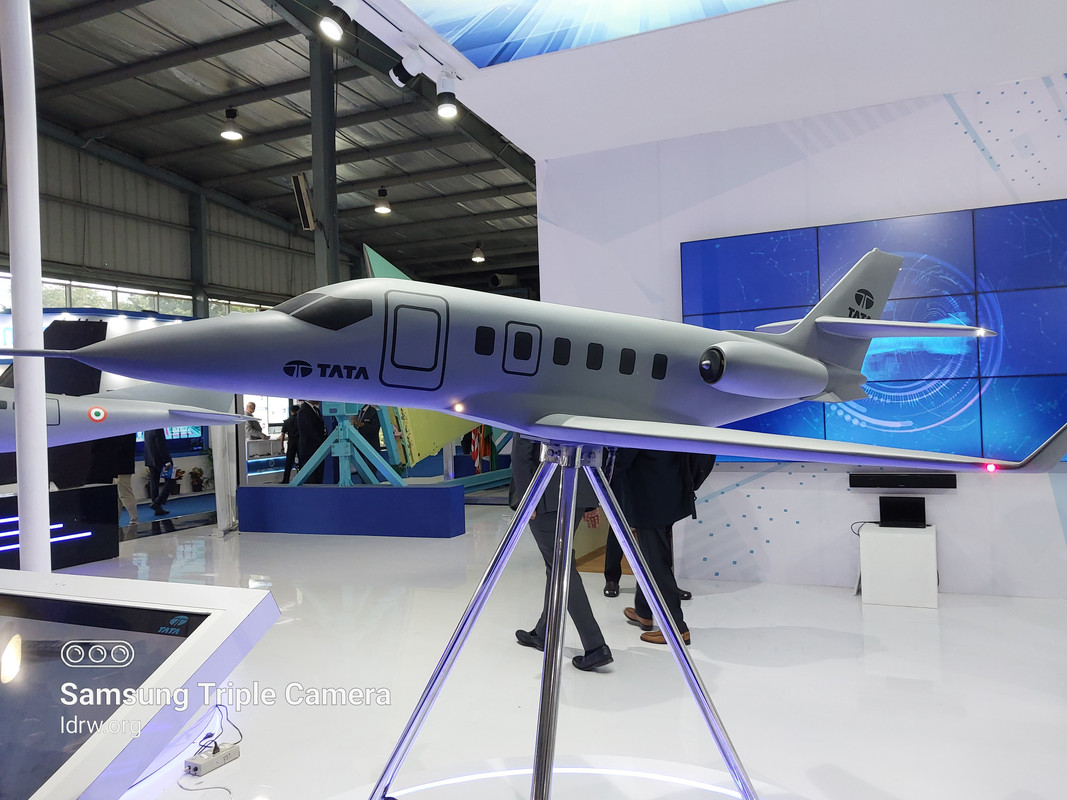
The Indian defense landscape is witnessing a paradigm shift in the development of High-Altitude Long-Endurance (HALE) Unmanned Aerial Vehicles (UAVs). After the Tapas MALE UAV program’s closure, the Defense Research and Development Organisation’s (DRDO) Aeronautical Development Establishment (ADE) that has proposed to develop a HALE Platform is also facing Challenges that might see MoD opening doors for private players to take the lead in this crucial domain.
Tata Advanced Systems (TAS), a subsidiary of Tata Aerospace & Defence, has proposed converting its existing TATA HA-ISR aircraft into a fully unmanned ISR platform. This aircraft boasts an impressive range of 1800 nautical miles, an endurance of 6-7 hours, and a maximum payload capacity of 1000 kg. It is designed to operate at an altitude of 41,000 feet, making it ideal for HALE operations.
Continue readingSOURCE: IDRW.ORG TEAM

The Indian Army Design Bureau (ADB) is rapidly becoming a powerhouse of innovation, spearheading close to 350 defense programs in collaboration with 450 Indian defense private and public sector companies. Modeled after the Navy’s Warship Design Bureau (WDB), the ADB has taken on the mantle of spearheading major Army-related research and development, with impressive results.
The Indian Army has ambitious plans for the ADB, envisioning it to evolve into a major project developer, akin to the WDB which designs and builds warships and submarines for the Navy. This shift towards self-reliance is a key strategic objective, driven by lessons learned from the pandemic and the ongoing Russia-Ukraine conflict.
Continue readingSOURCE: RAUNAK KUNDE / NEWS BEAT / IDRW.ORG
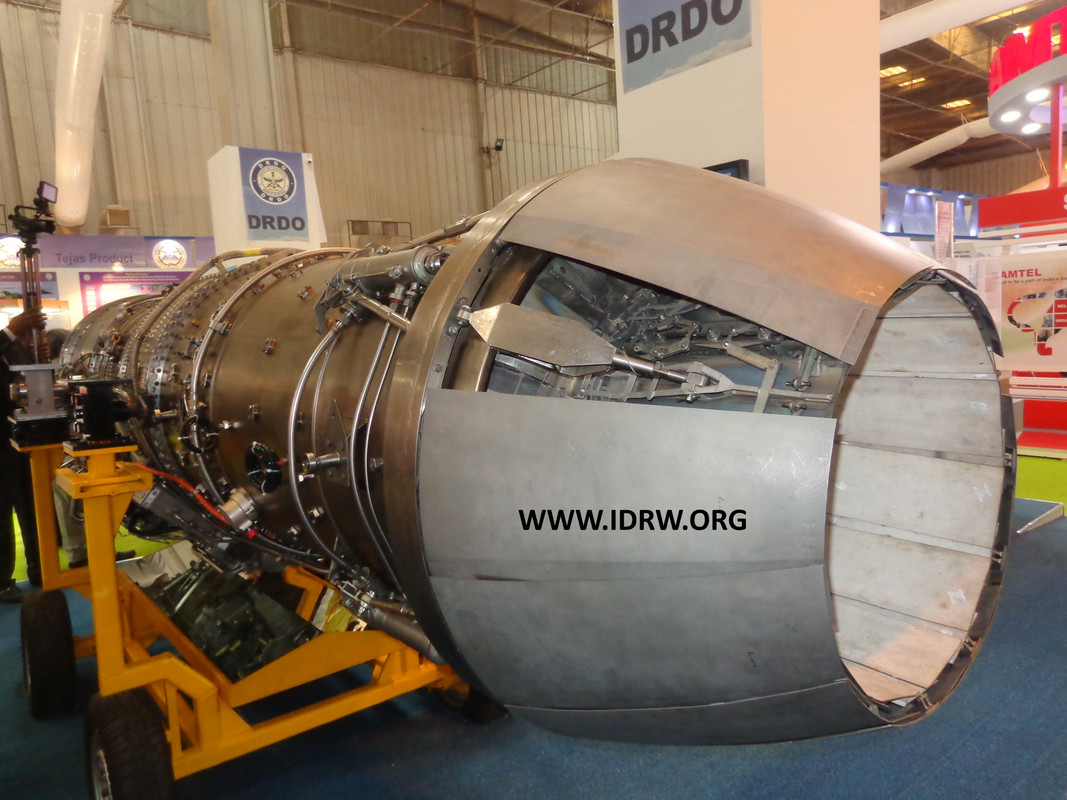
Air Chief Marshal VR Choudhary, in a recent interview, expressed optimism about the upcoming local production of the F414-GE-INS6 engine, a powerful turbofan capable of propelling next-generation fighter jets.
“We are confident that the development of a local engine in a class of F414-GE-INS6 will happen,” declared Choudhary, his words echoing the IAF’s commitment to reducing dependence on imports for critical aeronautical technologies. This marks a significant shift in India’s defence strategy, paving the way for a future where the country builds its engines to power its military aircraft.
Continue readingSOURCE: RAUNAK KUNDE / NEWS BEAT / IDRW.ORG

The Indian Air Force (IAF) has witnessed a significant leap in its air combat capabilities, fueled by the indigenous development of the Astra Beyond Visual Range Air-to-Air Missile (BVRAAM). In a recent interview, Air Chief Marshal VR Choudhary hailed the Astra Mk1 as a “tremendous shot in the arm” for the IAF, highlighting its impact on bolstering India’s aerial defence.
The Astra Mk1, developed by the DRDO, boasts an impressive range of 110 km, putting it far ahead of the IAF’s legacy R-77 and MICA missiles, both limited to 80 km. This enhanced reach significantly expands the IAF’s engagement envelope, allowing it to strike enemy aircraft before they enter its operational range. This critical advantage becomes even more pronounced when compared to Pakistan’s primary BVRAAM, the AIM-120C-5, with a comparable range of 105 km.
Continue readingSOURCE: RAUNAK KUNDE / NEWS BEAT / IDRW.ORG

The Indian Army’s air defence arsenal is set for a significant upgrade with the upcoming trials of the indigenously developed Very Short Range Air Defence (VSHORAD) missile. After successful developmental tests last year, the system is poised to undergo crucial user trials by June 2024, paving the way for potential induction within the next few years.
Developed by DRDO’s Research Centre Imarat (RCI) in Hyderabad, VSHORAD marks a major milestone in India’s quest for self-reliance in air defence technology. The man-portable system is designed to neutralize low-altitude aerial threats like helicopters, drones, and fixed-wing aircraft, offering crucial battlefield protection to troops on the ground.
Continue readingSOURCE: IDRW.ORG TEAM
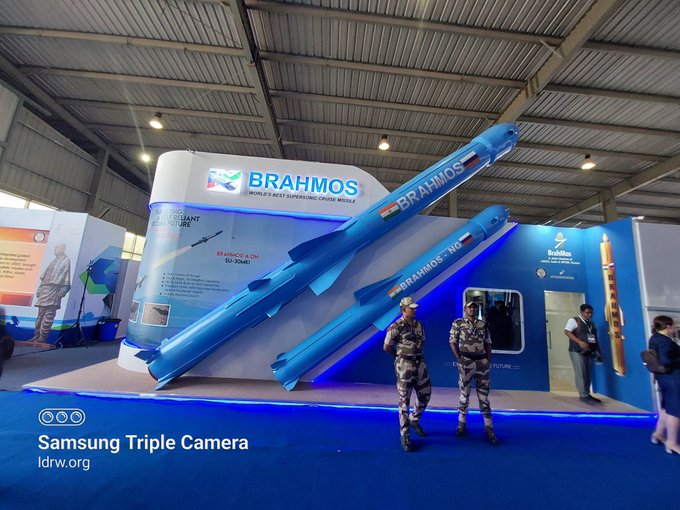
The Indian Air Force (IAF) is gearing up for a significant boost in its offensive power with the upcoming BrahMos-NG Air-Launched Cruise Missile (ALCM). In a recent interview, Air Chief Marshal Vivek Ram Chaudhari expressed the IAF’s keen interest in the missile, highlighting its potential to transform strike capabilities.
The BrahMos-NG ALCM stands out for its significantly lighter weight compared to its predecessor, the BrahMos-A. While the BrahMos-A tips the scales at a hefty 2.5 tons, limiting its compatibility to Su-30MKI fighters, the BrahMos-NG sheds nearly a ton, bringing its weight down to around 1.5 tons. This crucial reduction in weight unlocks a game-changing advantage: universality.
Continue reading